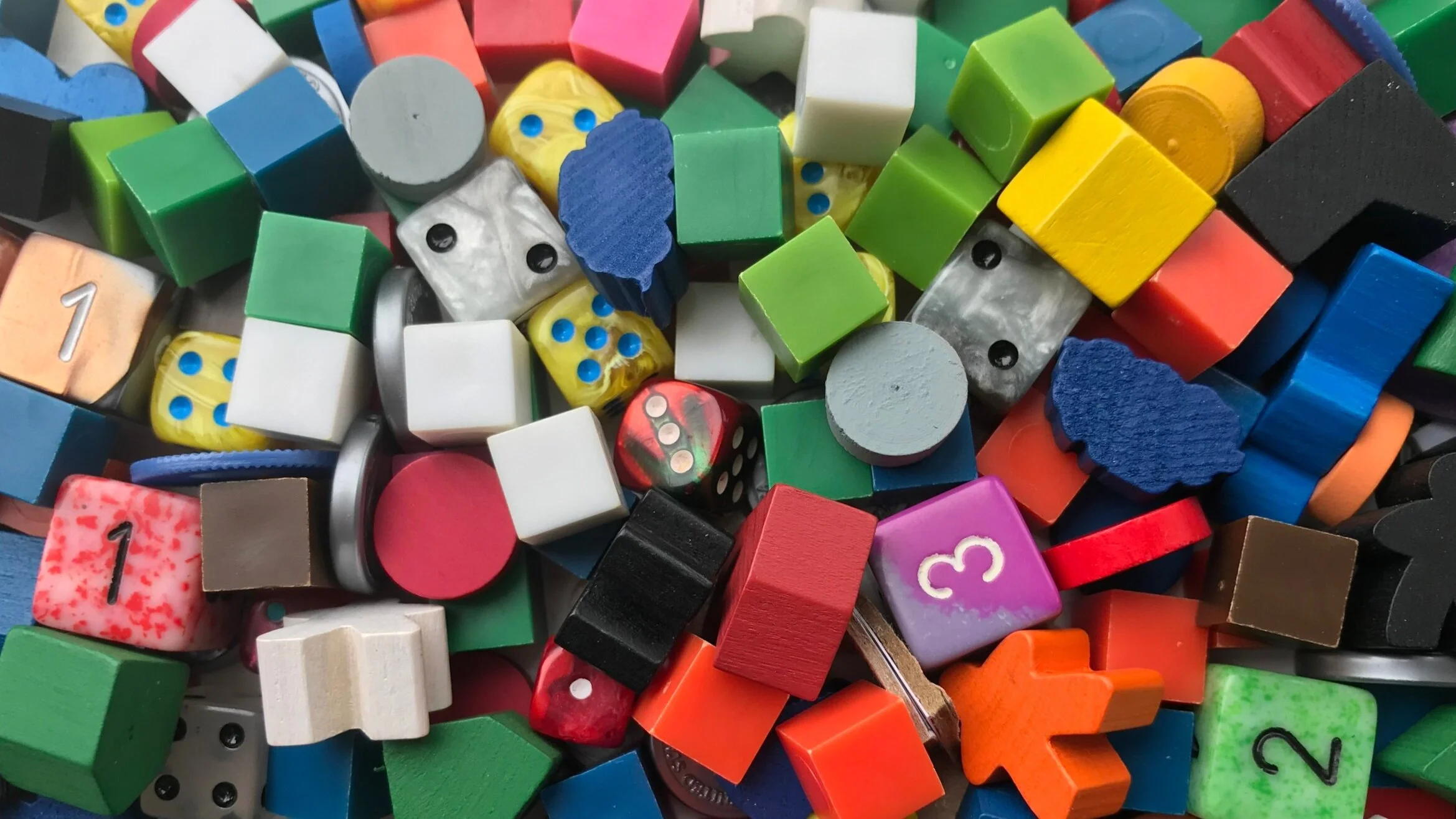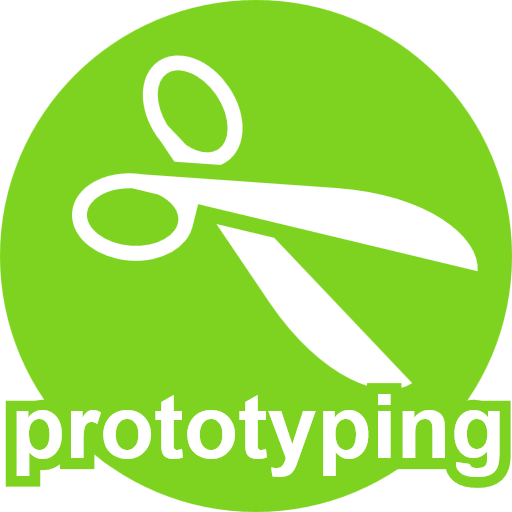Meaningful Decisions: Dirk Knemeyer on Board Game Design Choices
/In our Meaningful Decisions series, we ask designers about the design choices they made while creating their games, and what lessons other designers can take away from those decisions.
This time, we talk with Dirk Knemeyer, designer of The New Science, about translating theme into mechanics, how theme can set playtester expectations, and the strategic use of luck and randomness.
Many thematic elements in The New Science are translated quite cleverly into gameplay elements. For example, in the fantasy scientists from the Kickstarter campaign, Tesla has strength in research and experimentation, while Edison has strength in publishing. What considerations must designers make to ensure they translate thematic elements into gameplay elements well?
It all begins with the design strategy. There are generally speaking two types of designers: thematic designers and mechanical designers, with various degrees in between the two extremes. I am, to a fault at times, a thematic designer. I want to create an authentic and interesting experience that is evocative of the theme I am trying to capture. That is why I am designing the game in the first place, and it leads most of the design decisions that I make. So, that is my framing here.
French field marshal Ferdinand Foch’s timeless axiom is “What is the essence of the problem?” In terms of capturing the essence of the scientists depicted in the game, the key was to have the characters each play in a unique way that at the least implied how they were different from one another in real life. That this would create asymmetrical game positions–which as a gamer I personally prefer–was a happy byproduct.
Beyond the design strategy, the key to evoking thematic aspects well in the content and mechanics boils down to a few things:
1. Know and care about your theme. It is craft work to do this well. You need to really know the subjects at a deep level. In another of my games, Road to Enlightenment, it has unique character cards for 130, 140 historical luminaries. I researched each of them individually for between one and, well, many hours. For each person. Do the math; that really takes care, interest and even love for the theme. That enabled me to craft models of them that feel authentic and are correct. Knowing them well and really caring about their being properly portrayed was essential, and where this starts.
2. Have the mechanics flow out of the theme, not the other way. This one is somewhat controversial, because most designers start with mechanics and follow with theme. I would argue that is why so many games seem themeless!
When I started designing “The New Science”, I started from the perspective of what can I create that would take players as close as possible to the experience of being a scientist during that period. My starting point there was a kit that had replicas of scientific equipment and a limited degree of–albeit representational–actual manipulation of rudimentry scientific tools. This would both be impossible from a creation perspective–too expensive to produce–and really not fun, for a variety of reasons. But I deprecated from there. What was the closest to that? No good, so the closest to that. And onward. But it was all theme-driven. Once I figured out the right point for the game to sit at, where the theme would be most completely and authentically honored in a 90-minute game, then the mechanics came to complement it.
3. Take the time necessary to make it work. Strong theme means asymmetry; that means more testing and balance. Because you don’t start with mathematical models and rhythmic mechnanics those things take quite a bit of work instead of just pasting in one thing or the other.
The most important part is the first one though: know and care about the theme, and make the commitment to manifest it in the game. Everything flows out of that.
To most people, the theme of The New Science–Age of Reason scientists–is an unfamiliar one. Despite a theme that could have led the game to be very dry, The New Science can actually be quite cutthroat. Did you find that playtesters were expecting a different gameplay experience than what they received? What can designers do to shape playtesters’ expectations–and should they?
We get playtesters who are interested in the theme, so this isn’t too much of a problem with any of our games. However, we sometimes get people who comment that they are turned off because the game looks dry or boring. The problem there is both myself and my artist, Heiko, have a European, minimalist sensibility about our art. Coupled with the theme, it is a little more austere looking than what American gamers in particular expect. This has with some minority of players created a perception issue that, instead of those people being excited about the game, being a little leery because “dry” typically means “boring”. First impressions are really important, so this is unfortunate.
Taking playtester expectations from a different perspective, it is important that you communicate the gap between the kit you are sending and what is envisioned for the final production version. When I was doing kits for my first game, playtesters were getting caught up in the art, the components, everything but what I really needed. So now, as soon as the kits go in the mail, that same day I put together a document that is essentially a gap analysis between what they have and what is envisioned and email it to everyone. So, if the kit has paper pieces but the production game will have 2.5mm punchboard, I tell them that. If the map art is not final, I tell them that. Then there are also the things specific to what you are testing for; I point those things out too. So, for example, saying there are 10 smoke markers in the kit–for a World War 2 game we are working on now–but we need to know if there should be more or less, pointing out that need is part of the kit direction.
By very, very tightly setting both our expectations for what we need from the testers and, to your question, communicating to them the gap between their kit and our intentions, we get the best possible feedback in the most efficient and effective way.
There is very little luck or randomness in The New Science, yet one exception in the game is quite prominent: the dice roll for experimentation. What guidelines can designers use to decide when and when not to use luck or randomness?
For us it was strictly theme. That experimentation component is the part of the scientific process that is non-deterministic and wildly unpredictable. We couldn’t correctly make a game about competing over scientific advances without having that randomness in the mix.
The reality of life is that some important proportion of what happens to us is dumb luck. A lot of gamers enjoy deterministic games precisely because it puts them in control of the process and outcomes contrary to the great degree to which real life happens to them. I understand this as an escape and sometimes even have those compulsions myself as a player. As a designer, though, I want to tell a story authentically represent something. That is almost always going to include some degree of luck, not because luck “feels right” but because luck is real and correct. That would be my advice for thematic designers.
For mechanical designers? Articulate the nature of the play experiences you want your players to have and tune the luck to match it. Short and casual are better fits for high luck, while long and serios are better fits for low luck. What you use and how you use it should be driven by that.










